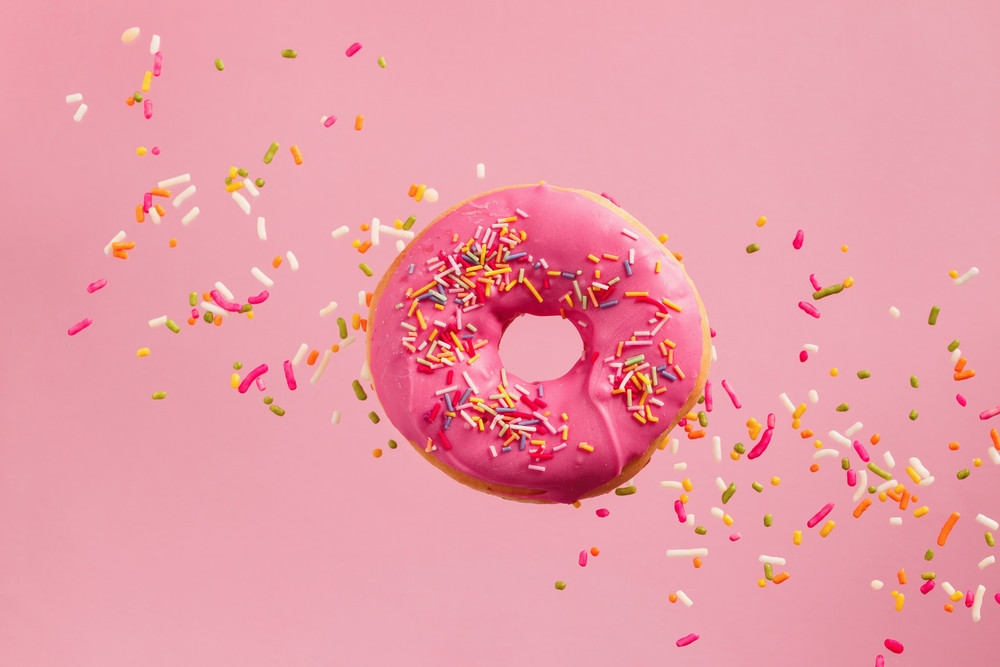
According to World Health Organization (WHO) data, a total of about 1.5 million people worldwide died directly from diabetes in 2012.
By 2030, diabetes will be the seventh leading cause of death.
If our parents and grandparents have diabetes, our chances of developing diabetes will be greater. Even if there is no family history, if our living habits are unhealthy, our chances of developing type 2 diabetes are very high.
Controlling blood sugar and paying attention to diet are things that everyone should pay attention to.
Let’s take a look at the top 10 misconceptions about diabetes and see if you have ever been trapped by them.
Myth 1: Diabetes is caused by eating too much sugar,
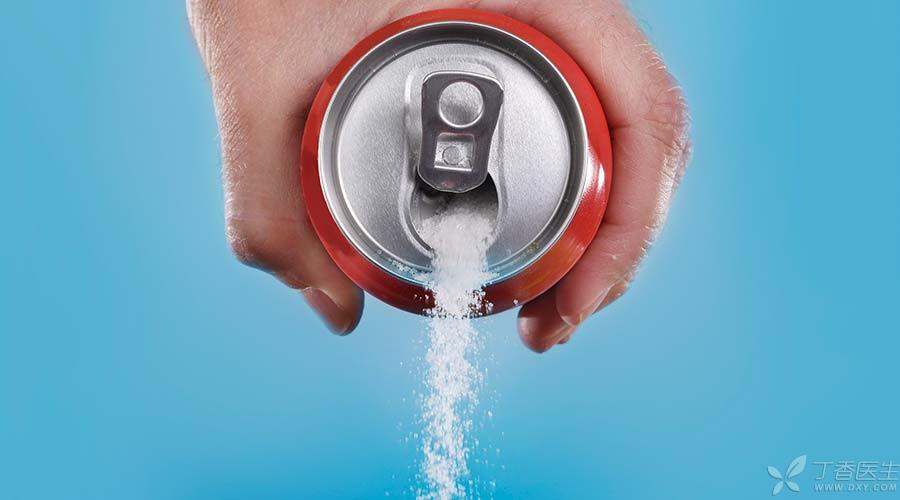
Truth: The factors leading to diabetes are very complicated. In addition to genetic susceptibility, obesity, smoking, emotional stress and other factors may induce diabetes, not just eating too much sugar. The reason why diabetics contain sugar in their urine is not just because they eat too much sugar, but because the body’s insulin metabolism is problematic and they cannot use the sugar they eat.
Myth 2: Diabetes cannot eat sweet food, only non-sweet food
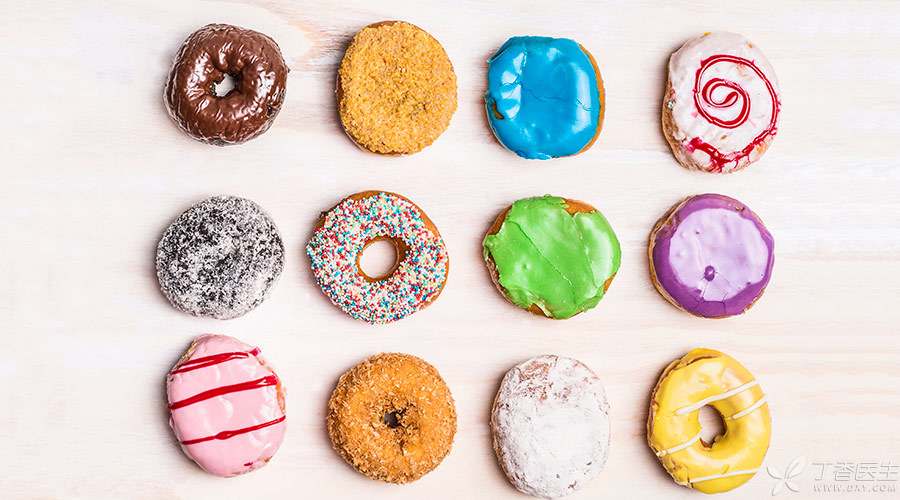
Truth: Diabetics cannot choose food only by taste, but also by the ingredients and total energy it contains.
Some foods that do not have sweet taste, such as rice and steamed bread we eat, although they do not have sweet taste, the starch contained in them will become glucose after digestion and cannot be eaten more.
Most sweet foods contain sugar, such as biscuits and sweet drinks. Diabetics should control eating less. However, some sweet foods are actually sweeteners, such as aspartame and sodium cyclamate. Although they are sweet, they hardly provide energy and can be eaten appropriately.
Myth 3: Diabetes Mellitus Can Eat [Sugar-free Food]
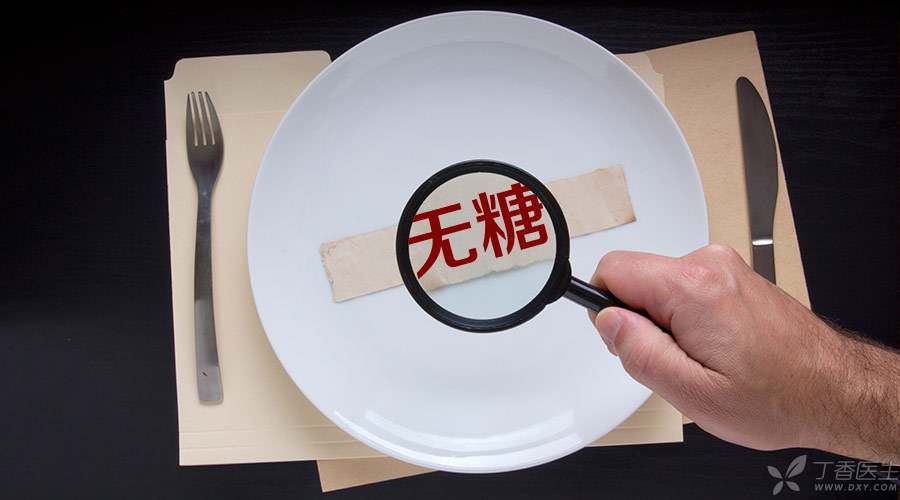
Truth: Many so-called [sugar-free foods], For example, sugar-free biscuits, sugar-free cereals, sugar-free lotus root starch and so on, although they do not contain artificially added sucrose, still contain a large amount of starch, some even add starch syrup, glucose syrup, maltosyrup, maltodextrin and so on. The speed of raising blood sugar is no less than that of white sugar eaten everyday, and it is better for diabetics to eat less.
Myth 4: Sweeteners Can Lead to Diabetes
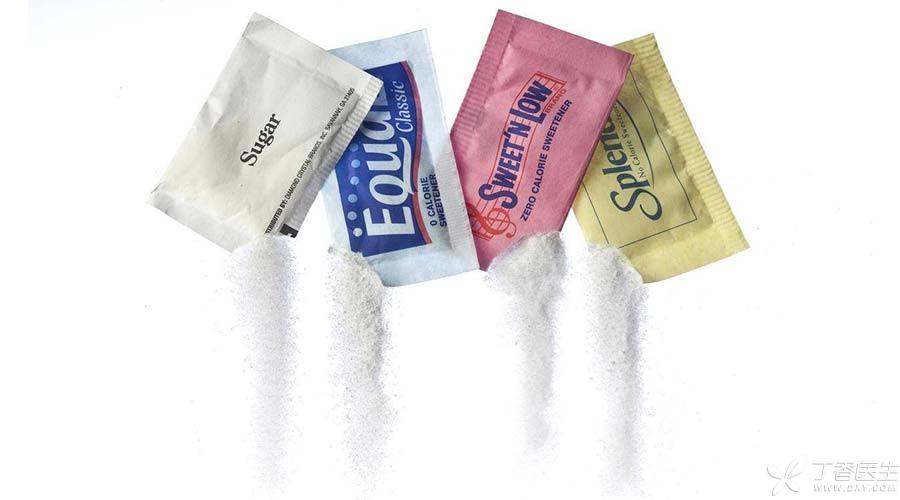
Truth: Sweeteners such as aspartame and sodium cyclamate can provide sweet taste but contain almost no energy and do not raise blood sugar. If you want to eat sweet food and worry about raising blood sugar, diabetics can eat sweetener food appropriately.
Myth 5: Diabetes Can’t Eat Fruit
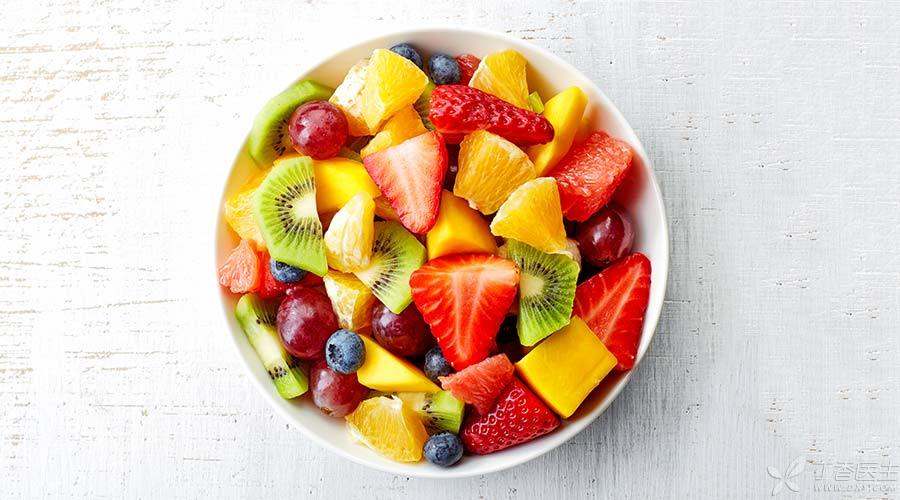
Truth: The American Diabetes Association believes that diabetics can eat fruits. In their dietary advice for diabetics, the first one is to eat more fruits and vegetables, and to have a rich variety, preferably fruits and vegetables of various colors.
However, diabetics had better not drink fruit juice, which usually loses some dietary fiber and has a higher blood sugar response than complete fruits.
Myth 6: Diabetes can only eat vegetarian dishes, not meat,
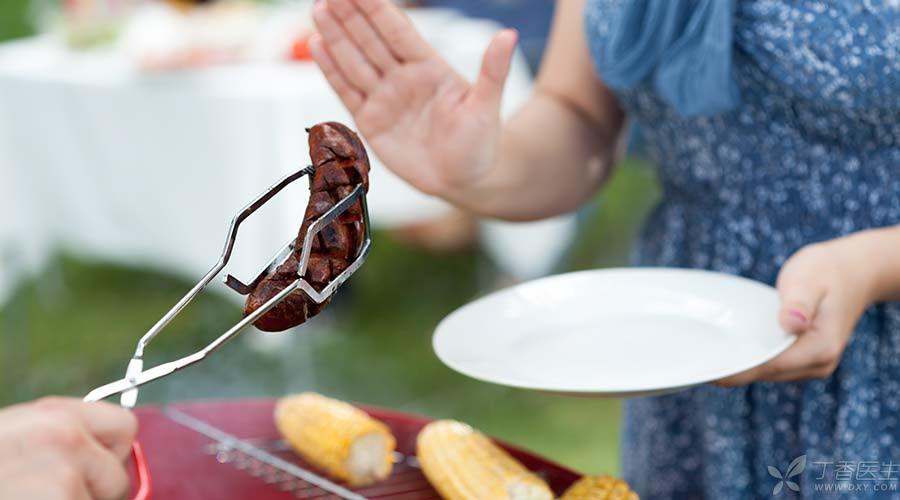
Truth: Diabetics should pay attention to the balance of their daily diet, eating both meat and vegetables. Not eating meat will lead to insufficient protein, reduced resistance and more susceptible to infection.
The American Diabetes Association believes that high-quality protein is very important to the health of diabetics. Ensure that you can get enough high-quality protein every day, such as lean meat and beans.
Myth 7: Diabetes should eat less or no staple food,
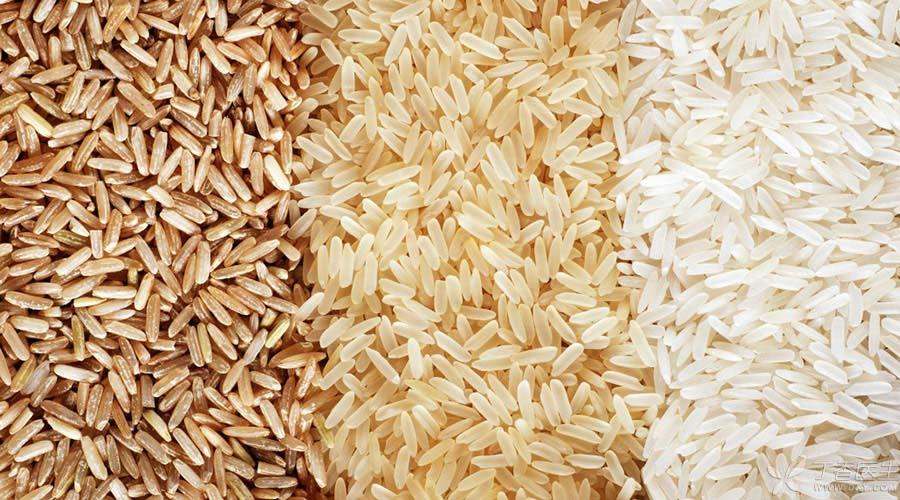
Truth: Many diabetics mistakenly believe that controlling blood sugar can only lead to not eating or eating less staple food. In fact, diet control is to control the total daily intake of calories. It is unreasonable to control certain foods alone. Excessive control can also cause hypoglycemia and malnutrition.
The main staple food that diabetics really need to eat less is refined white rice flour. We advocate coarse cereal staple food, such as black rice, yellow rice, potatoes, soybeans, etc. Now refined white rice flour, in addition to losing vitamins and minerals, has a high blood sugar index, which is indeed not conducive to controlling blood sugar.
Myth 8: Eating Momordica charantia can treat diabetes
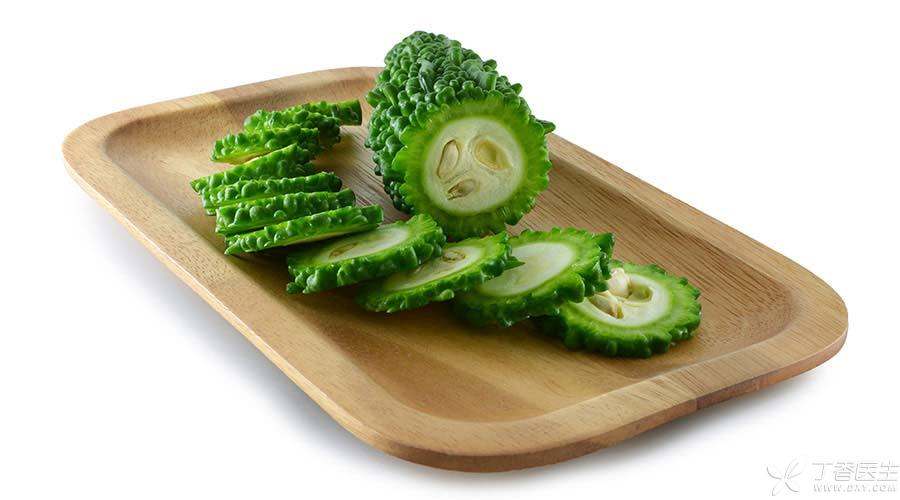
Truth: In fact, according to the current research, there is still no final conclusion as to whether balsam pear can reduce blood sugar and treat diabetes. For diabetics, it is still necessary to strictly follow the doctor’s advice to take medicine and control blood sugar, eat a balanced diet, and do not easily believe the folk remedies circulated online or among the people.
Myth 9: Eating Yogurt Can Prevent Diabetes

Truth: It is not yet certain whether a daily cup of yogurt can really prevent diabetes. Moreover, most of the studies that have found yogurt to help control blood sugar now are one serving of yogurt (about 28 grams) per day, while the small package of yogurt on the market is about 100 grams, equivalent to 4 serving.
However, yogurt is a good source of calcium. Although the sugar content is high, the blood sugar rise rate is much slower than that of white rice and steamed bread according to the same amount of carbohydrate. Diabetics can eat yogurt, but be careful not to eat too much.
Myth 10: No food with high glycemic index can be eaten,
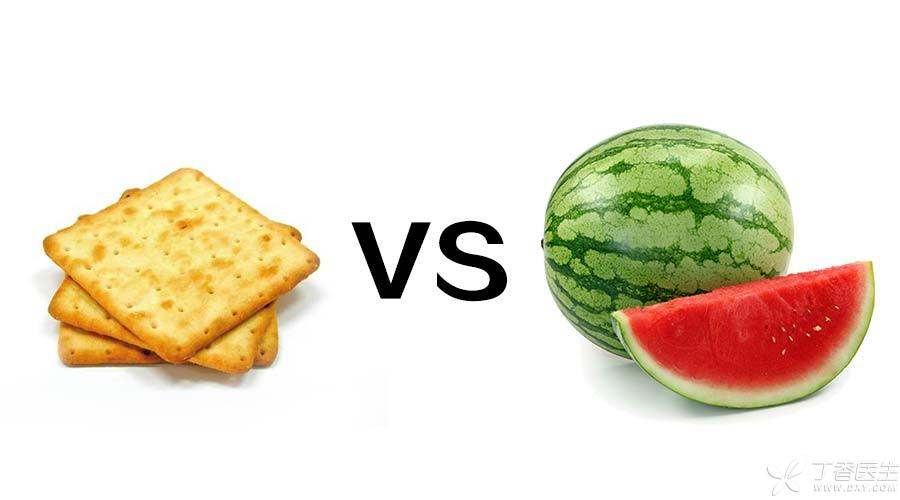
Truth: Glucose index is an indicator to measure the blood sugar response of food. Diabetes patients should pay attention to it, but they should not blindly choose food according to the blood sugar index, but also depend on the blood sugar load and total carbohydrate of food.
The lower the glycemic index (GI), the less the influence on the fluctuation of blood sugar. It is generally recommended that diabetics eat low GI food.
However, this does not mean that fruits with high GI cannot be eaten. It also depends on blood sugar load (GL), which is an indicator to evaluate the total blood sugar effect of diet by combining the quality and quantity of carbohydrate intake, and is of more practical significance for guiding diet.
For example, the GI of watermelon and comb biscuits is 72, but the carbohydrate content of 100 grams of food is quite different. Comb biscuits contain about 76 grams of carbohydrate per 100 grams, with a GL of about 55, while 100 grams of watermelon contain about 7 grams of carbohydrate, with a GL of about 5, with a GL difference of 10 times.
